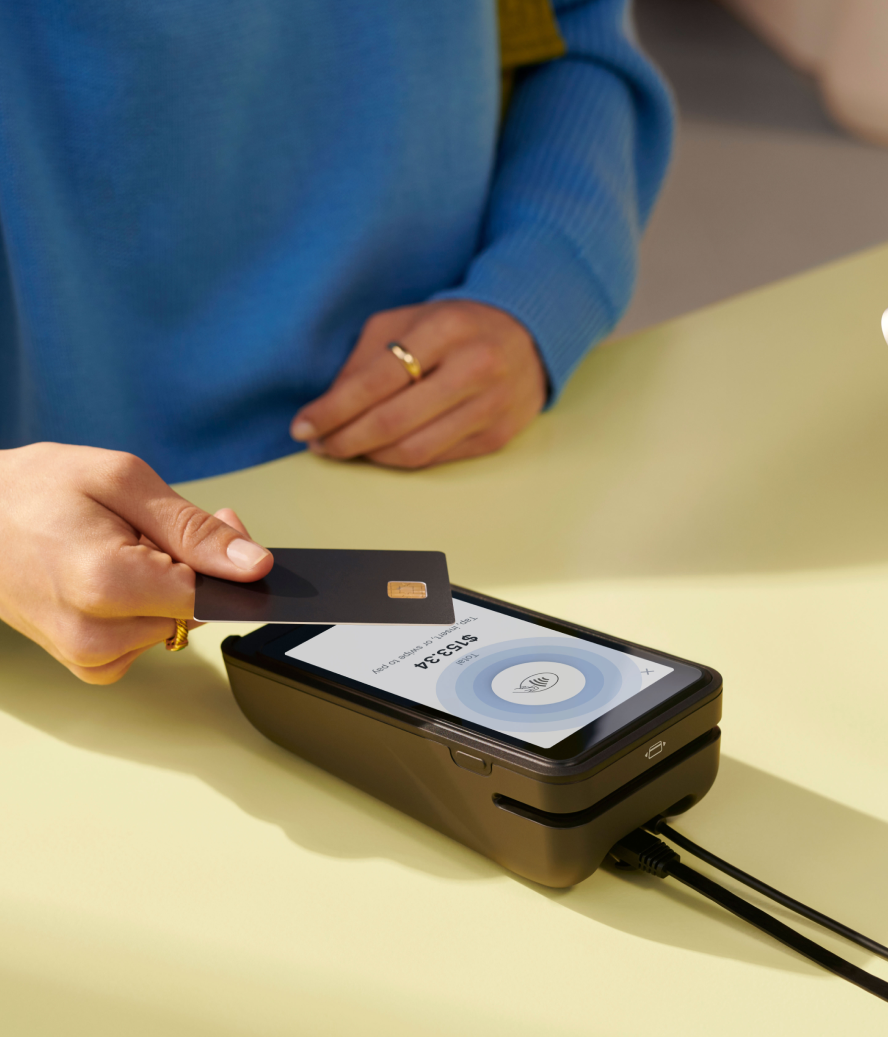Everybody has bad days. At some point, you’ll encounter a difficult customer who believes that your business is to blame for their bad day. What happens next depends on how your team handles the interaction. If your support team handles the situation well, they can address an unhappy customer’s complaints and resolve the problem. The following steps can help you and your customer service team arrive at a positive outcome.
How to deal with difficult customers
- Acknowledge the customer’s issue and show empathy
- Listen actively and ask questions to clarify the issue
- Apologize for the inconvenience and offer a solution
- Follow up with the customer after the issue is resolved
- Document the issue and use it as a learning opportunity
Managing difficult customers doesn’t have to result in poor customer service or a damaged customer relationship. These steps can help you transform a difficult customer interaction into a customer loyalty-building opportunity.
1. Acknowledge the customer’s issue and show empathy
Acknowledging a customer’s frustration and expressing empathy can help you de-escalate a situation and build rapport with a customer. If your customer is upset, try statements like “I can see how difficult that must have been” or “I’m so sorry that you’ve had this experience.”
2. Listen actively and ask questions to clarify the issue
To solve the problem, you’ll need to understand what happened, how it affected the customer, and what would make the customer feel better. Ask open-ended questions like “Can you talk me through what happened?” or “How can I help you?”
As the customer speaks, resist the urge to let your mind wander ahead to a solution. Instead, listen closely, and use phrases like “I see,” “I understand,” and “That makes sense” to signal your attention. If you are speaking with the customer in-person, you can also make periodic eye contact and nod in agreement.
3. Apologize for the inconvenience and offer a solution
When the customer is done talking, thank them for sharing their experience and offer an apology. If your company made a mistake, feel free to be candid in your response. Try “I am so sorry that happened to you” or “That is not our goal.”
If you have a solution in mind, now is the time to discuss it. If your customer has already offered a solution as part of their complaint, acknowledge it and address how you can accommodate them if the solution is feasible. For example, if the customer wants a full refund, grant them that. If a refund is not possible, explain why this is the case, and offer alternative solutions like store credit.
4. Follow up with the customer after the issue is resolved
Following up after resolution a few days later can make a customer feel valued and reframe a service interaction as a positive customer experience. Apologize again, and thank the customer for giving you the chance to make things right. Depending on the situation, you can follow up via a phone call, text, email, or handwritten note.
5. Document the issue and use it as a learning opportunity
By documenting issues, you can learn from them. If the customer’s issue points toward a product or service flaw, is there a trend that you should be aware of? How successfully did you handle the interaction, and what was the outcome? What strategies would you replicate next time, and is there anything you’d do differently?
Build a library of real-life customer interactions to use as scenarios when training your customer service reps.
Examples of handling difficult customers
Some customers are more challenging than others. Here are a few common types of challenging customers and ideas for handling each:
Rude customer
Rude customers can be stressful. On the one hand, your job is to solve the customer’s problem and protect the reputation of your business. On the other, you might find their behavior objectionable or offensive.
If you encounter a rude customer, try to remember that you have no way of knowing what is going on in that person’s life. Sometimes, rude behavior is unintentional. Your customer might be in a hurry, have a naturally brusque manner, or just not realize how their language is coming across. Even intentionally rude behavior isn’t necessarily personal—it’s just a sign that the sum total of a customer’s frustrations has exceeded their ability to respond appropriately.
Remain calm and respectful to model a more productive way to deal with stress. Your non-threatening demeanor increases the odds of a favorable outcome. Of course, if a customer becomes threatening or derogatory, remove yourself from the situation by kindly asking them to leave. Similarly, on the phone, kindly thank the customer for their call before hanging up.
Impatient customer
An impatient customer wants a solution to their problem—and they want it now. Whatever their original complaint was, the need to devote time to solving the problem has magnified the issue.
Support this customer by validating their sense of urgency and empathizing with their frustration. You can try statements like “I’d like to get this solved for you as quickly as possible,” “I’m sorry that you’ve had to devote valuable time to this issue,” or “I’m going to ask our team to expedite the solution so that you won’t need to worry about it anymore.”
Statements of empathy help the customer reframe your relationship. Instead of you versus the customer, the conversation becomes about you and the customer working together to find a solution.
Angry customer
Angry customers feel wronged, so de-escalation typically involves an apology, even if you can’t identify any mistakes on your part.
If a customer is making outlandish claims, you don’t need to agree with them. There’s no need, for example, to say “I’m sorry that our custom-printed rain boots ruined your Thanksgiving dinner.” Instead, focus on the fact that there’s a mismatch between reality and the customer’s expectations. You can try “I’m so sorry to hear that our product didn’t live up to your expectations. Let’s talk about what we can do to make it right.”
Indecisive customer
Indecisive customers struggle to make purchasing decisions. In many cases, these customers don’t self-diagnose—in other words, they won’t tell a customer service rep “I’m having a hard time making a decision.” Instead, they may indicate a general desire to make a purchase but raise objections or concerns every time you get close to settling on a product.
In this case, it can be helpful to name the situation you’re observing. Try something like “It seems like you’re having a hard time deciding which product best meets your needs. Do I have that right?” If the customer agrees, reassure them that this is a normal response to making an important choice.
Then, frame the decision-making process for them, using your experience as context. You can share how you typically counsel customers to make this type of decision or ask their permission to make a recommendation based on your knowledge of their needs.
How to build a strong customer service foundation
- Set clear customer service policies and guidelines
- Work collectively with your team in practice sessions
- Emphasize the importance of empathy and active listening
Building an excellent customer service program can increase customer satisfaction and loyalty. Focus on skills and policies that will help your team members improve customer relationships and stay calm in stressful situations. These three best practices can help:
Set clear customer service policies and guidelines
A customer service policy is a written code of conduct that outlines how customer service representatives should handle customers’ complaints. It can help your customer service team provide consistent customer support and understand what actions they are and aren’t authorized to take on behalf of your company.
You can also include your recommended responses to common situations, such as a request to return an item after the return window has closed or a complaint about a factory defect.
Work collectively with your team in practice sessions
Providing effective customer service training for your team goes beyond policies and lets your support team members practice dealing with difficult customers. You can use real customer service incidents as scenarios, let your team members role play the interaction, and workshop the ideal response as a group.
Emphasize the importance of empathy and active listening
No training can ever cover the full spectrum of customer service interactions. Rather than trying to prepare your team for every possible situation, encourage them to practice empathy and active listening. Reassure them that these fundamental skills are the most critical elements of great customer service.
Dealing with difficult customers FAQ
What if a customer’s demands are unreasonable or beyond our policy scope?
If customer service reps aren’t sure how to handle a customer’s demands, they should contact a manager. In some cases, you may choose to flex policies to preserve relationships with particularly demanding customers.
How do I handle customers who leave negative reviews online?
Responding to negative online reviews can make your customer feel heard and demonstrate your investment in a positive customer experience. Represent your brand well by remaining positive, respectful, and solution-oriented—even if the original review isn’t.
How can I turn a dissatisfied customer into a loyal advocate?
The following practices can help you build positive relationships with unhappy customers: acknowledge the issue, listen actively, show empathy, offer a solution, and follow up after the resolution.





